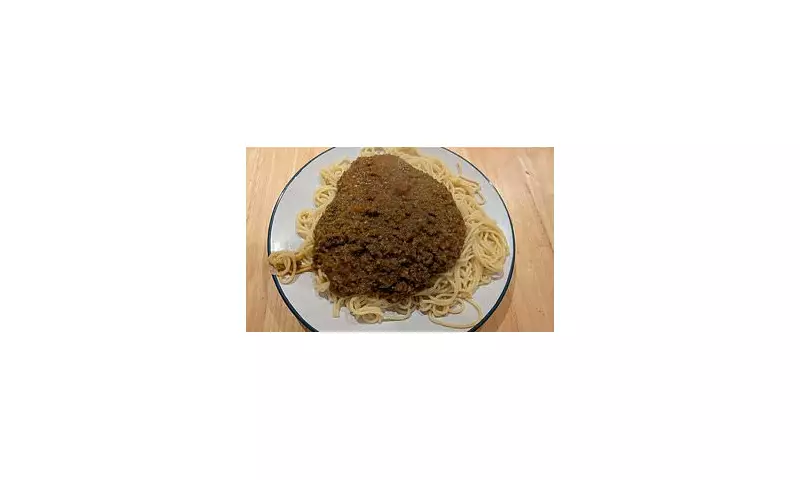
The Offal Truth: How Eating Animal Organs Could Help Save the Planet
While scientists frequently urge nations to reduce animal slaughter to combat climate change, a Swansea University researcher proposes a more practical approach that might just appeal to British dinner tables. Dr Tennessee Randall, a consumer psychologist at the Welsh institution, suggests we should be eating more offal – the nutrient-rich internal organs including heart, liver, and kidneys.
From Waste to Taste: The Offal Experiment
Despite being packed with protein, vitamins, minerals and essential fatty acids, offal remains significantly underused and often wasted in the UK. Dr Randall's compelling argument states that the more parts of the animal we consume, the fewer animals we need to slaughter overall to feed the world's expanding population.
'Eating more offal could lower the number of animals that are killed for food and so the greenhouse gases produced by the meat industry,' Dr Randall explained in his piece for The Conversation.
His recent study yielded promising results, discovering that British consumers find offal more acceptable when enriched with regular meat rather than served in its traditional form. In experiments involving nearly 400 volunteers, spaghetti Bolognese made with offal mixed standard beef mince emerged as the most popular option.
The High Street Challenge and Kitchen Test
Finding offal on the high street proved challenging. When requesting 'offal' at a Whole Foods in Kensington, the butcher appeared completely unfamiliar with the term, only understanding after specific mention of 'heart, liver, kidney' – though he didn't stock these items.
Success came at Marks and Spencer, which stocked lamb's liver along with pork lung and heart (available as haggis). An additional benefit quickly became apparent: offal costs significantly less than standard meat cuts, largely due to minimal consumer demand. A 250g portion of lamb's liver cost just £1.69 – less than half the price of regular lamb meat.
Back in the kitchen, the offal mix was combined with an equal quantity of beef mince and prepared using a traditional Bolognese recipe with a soffritto base of carrot, onion, celery, herbs and tomato. Excitingly, as it simmered, the sauce developed a lovely consistency, much thicker and creamier-looking than normal slow-cooked meat sauce.
After approximately 30 minutes of gentle boiling, the sauce was served over buttered spaghetti with grated cheese and black pepper. The resulting flavour was deep, rich and complex – sweet and slightly earthy with satisfying umami notes, while occasional liver chunks provided extra bursts of minerally meatiness.
Historical Context and Social Barriers
Eating offal isn't novel – it was once a popular food in Britain during the Second World War – but its potential contribution to addressing the climate crisis has been largely overlooked.
Dr Randall's research identified interesting social dynamics affecting offal consumption. 'We found that people who were more likely to control how they were viewed by others formed more negative opinions of offal-enriched meals,' he noted. 'This type of social interaction is known as "impression management" and has been shown to influence food choices.'
The study also revealed that men felt more positive about eating 'pure' offal than women, though both genders expressed similar opinions about offal combined with minced meat.
'In reality, eating more of the animal could support a healthy diet and could be a more achievable recommendation for sustainable eating, especially for the men who love their meat,' Dr Randall added.
Beyond spaghetti Bolognese, the experiments also successfully incorporated offal into meatballs, burgers, shepherd's pie, and chicken and liver curry, demonstrating its versatility across multiple familiar dishes.





